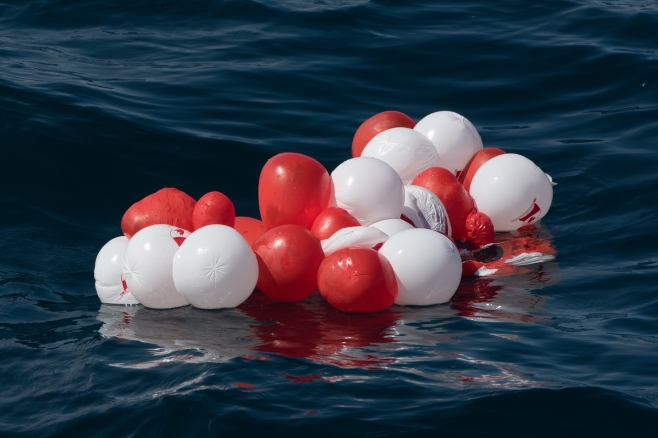Canada – Proposed Ban on Single-Use Plastics
Today, December 30th, the Canadian Government announced the comment period for proposed Regulations on single use plastics. Canadians have an opportunity to comment to March 5, 2022.

At the end of this blog, I include the email from Environment and Climate Change Canada (ECCC) that announced the proposed Regulations. I have bundled all the content here because it is not easy to access all the detail via that email. Below I also include a sample letter of possible feedback on these proposed Regulations.
In having read the documents referenced in the email from ECCC , even though I believe I am well aware of the problem of plastic pollution, I was stunned at some of the numbers. As an indicator of our plastic use / addiction in Canada, in 2019 alone an estimated 15,593 MILLION single-use checkout bags were used. The cost of those bags was estimated at $410 million.
Not reflected in that number are the further costs of “convenience” and disconnect from understanding the impacts of our consumer behaviour on our own well-being.
These include:
- Energy and raw materials to manufacture, transport and dispose of plastics;
- Resulting climate changing emissions;
- Impacts to the food web when plastics slowly break down and attract toxins;
- Further impacts to animals from ingestion and entanglement; and
- Additional ecosystem changes resulting from the transport of organisms on drifting plastics i.e. invasive species and transport of potential pathogens.
I believe we may need this jolt of awareness. It appears many of us have not recovered from the early stages of the pandemic to realize that, with the exception of masks, further equipment used by first responders and possibly cleaning wipes, we do not need to revert to the use of so many disposables. We can use our to-go mugs, shopping bags, etc.
We are all empowered to reduce demand for single-use plastics and impact the systemic change that is so necessary.
Resources to aid feedback on the proposed Regulations:
- Sample letter from Oceana with form to submit feedback on the Regulations.
- Email from Environment and Climate Change Canada
December 30, 2021
Greetings,
On December 25, 2021, the proposed Single-Use Plastics Prohibition Regulations were published in the Canada Gazette, Part I initiating a 70-day public comment period ending on March 5, 2022. During this period, stakeholders and partners are invited to submit comments to Environment and Climate Change Canada on the proposed Regulations, the accompanying Regulatory Impact Analysis Statement, as well as the draft Guidance for Selecting Alternatives.
The proposed Regulations would prohibit the manufacture, import and sale of six categories of single-use plastic items (checkout bags, cutlery, foodservice ware made from or containing problematic plastics, ring carriers [think six-pack holders], stir sticks, and straws), with certain exceptions for straws.
The feedback received on the proposed Integrated Management Approach to Plastic Products has been considered in the development of the proposed Regulations. A What We Heard Report summarizes this feedback.
The draft Guidance for Selecting Alternatives to the Single-Use Plastics in the Proposed Single-Use Plastics Prohibition Regulations has been developed to help businesses and other organizations make decisions on alternative products or systems that prevent pollution and help Canada transition to a circular economy.
We invite you to review the proposed Regulations, the accompanying Regulatory Impact Analysis Statement, as well as the draft Guidance for Selecting Alternatives and to provide your feedback, no later than March 5, 2022, to the following email address: plastiques-plastics@ec.gc.ca.
Feedback should include the following for each specific comment:
1. the section of the proposed Regulations, Regulatory Impact Analysis Statement, or draft Guidance for Selecting Alternatives to which the comment relates
e.g., 5(1)(a)(i) of the regulatory text; “Select Canadian Market Characteristics” section of the Regulatory Impact Analysis Statement;“Considerations for Alternative Single-use Plastics” section of the draft Guidance for Selecting Alternatives;
2. the comment itself; and
3. any supporting information or rationale.
All written feedback received during the comment period will be considered in the development of the final Regulations and Regulatory Impact Analysis Statement, which will be published in the Canada Gazette, Part II. Feedback will also inform the finalization of the Guidance for Selecting Alternatives.
Environment and Climate Change Canada is available to provide further information and clarification on the requirements of the proposed Regulations to affected businesses or organizations, via virtual meetings or webinars.
Should you have any questions on this consultation process, or if you do not wish to receive future updates about the proposed Regulations please contact us at plastiques-plastics@ec.gc.ca.































